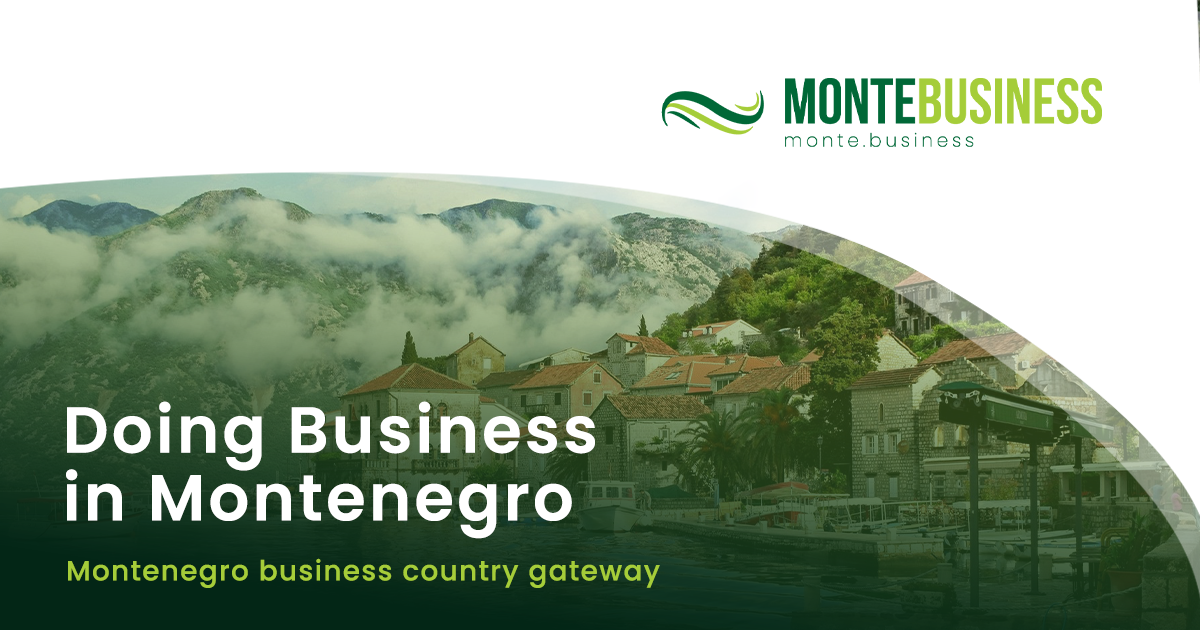Montenegro won’t win your supply-chain model on tariff preference alone—and it doesn’t need to. The country’s pitch is operational: bonded capacity at the Port of Bar, seamless Common Transit (NCTS) into the EU, CEFTA reach across the Western Balkans, euro pricing that kills FX noise, and a lean 9–15% corporate tax regime. Put together, those levers move goods (and cash) faster—even when tariff preference isn’t on the table.
Bonded capacity at the Port of Bar: hold stock, finish compliance, pay later
The Port of Bar operates as a state-recognised Free Zone. Under Montenegro’s free-zone framework, goods stored and used within the zone are not subject to customs duties or VAT until released—ideal for QA, (re)labeling, kitting, light configuration or pre-EU compliance tidy-ups before re-export. The port authority confirms the zone’s legal basis and scope; the government’s customs guidance makes the duty/VAT suspension explicit.
NCTS: straight into the EU under transit, with duty/VAT deferred
From 1 November 2025, Montenegro joins the Convention on a Common Transit Procedure. Practically, that means shipping Bar → EU on a T1 transit: the load moves to an EU customs office with duty/VAT settled at destination, cutting border friction and working-capital drag. The accession is anchored in the EU’s Council Decision and confirmed by regional customs/industry bulletins.
CEFTA reach: one Adriatic stock, two markets
Bar’s bonded stock can feed CEFTA neighbours (Serbia, Bosnia and Herzegovina, North Macedonia, Albania, Kosovo, Moldova) while also serving EU customers via NCTS. For operators running both EU and Western Balkans lanes, one hub can cover both.
Price in euros; skip the FX hedging
Montenegro has used the euro as legal tender for two decades. For traders, that removes FX volatility from quotes, invoices and covenants—useful when margins live or die on inventory turns. The Central Bank of Montenegro and ECB both note the country’s euro usage without a formal euro-area arrangement.
Keep tax light and predictable
Corporate income tax is progressive at 9–15%, per 2025 tax summaries—competitive for trading and light-processing plays where velocity matters more than complex structuring.
What this changes in practice
- Faster EU releases, stronger cashflow: keep inventory bonded in Bar, finish CE documentation, then run T1 to the EU buyer—duty/VAT only when goods land at destination.
- Dual-market coverage: one Adriatic node can serve EU customers and CEFTA partners without duplicating stock.
- FX-clean pricing: euro billing end-to-end keeps working capital stable.
- Lean overhead: 9–15% CIT helps the model scale on operations, not tax arbitrage.
The fine print (so you don’t learn it the hard way)
Montenegro’s advantage isn’t about magically turning Asian origin into EU preference. Rules of origin still govern tariff cuts: unless your processing in Montenegro meets substantial transformation under the product-specific rules, EU MFN duty will apply. EU’s Access2Markets/ROSA tool is the quickest way to check if your process confers origin.
Bottom line
For electrical/mechanical components, EV-charging gear, data-centre hardware, LED/controls, and precision metal parts, the Bar→EU transit model wins because speed and cashflow beat small tariff deltas. Montenegro’s Free Zone, NCTS transit, CEFTA reach, euro pricing and lean CIT create a nimble European foothold where the border becomes routine and the balance sheet breathes.
Elevated by www.mercosur.me








